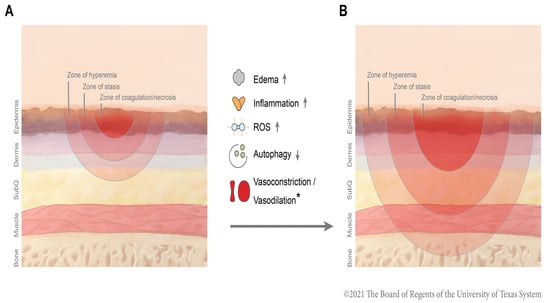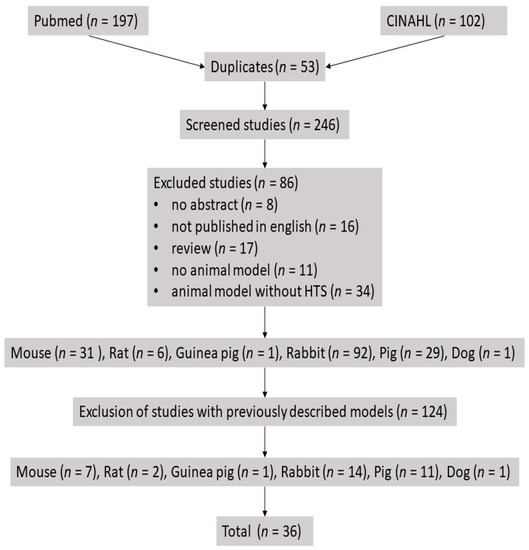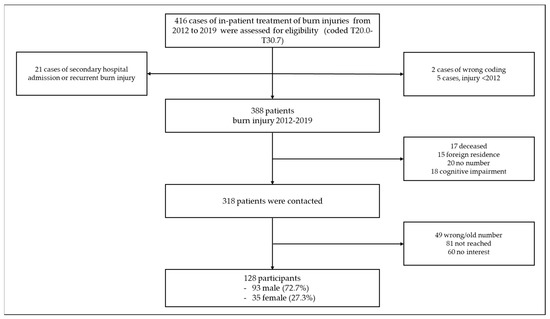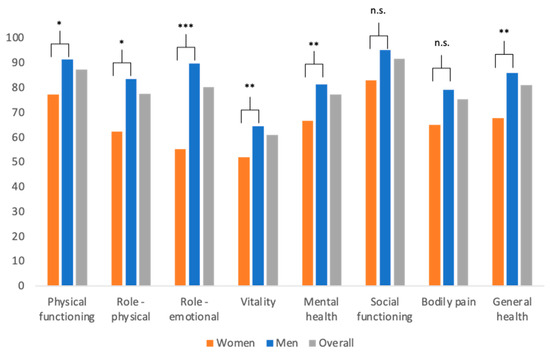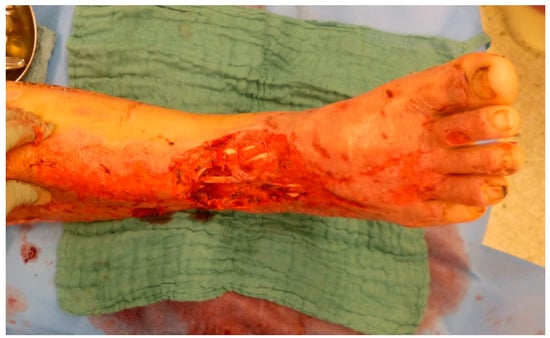A History of Burn Care (Closed)
A topical collection in Medicina (ISSN 1648-9144). This collection belongs to the section "Epidemiology & Public Health".
Viewed by 47622Editors
Interests: burn; burn care; hand surgery; wound healing; reconstructive surgery
Special Issues, Collections and Topics in MDPI journals
Topical Collection Information
Dear Colleagues,
Controlling fire was an important step in the emergence of human cultures and civilizations. However, since the discovery of fire, its potential danger for humans has also been seen. Therefore, people started treating burns very early on. The first information detailing the treatment of burns was found on papyrus dating to the 15th century BC.
A lot has happened since then, especially in recent years and decades, in the area of the treatment of burn injuries. New dressings and skin replacement materials have been developed, as well as new concepts in the field of intensive care. Early surgical treatment has also been established. Nevertheless, it seems very important to not forget the old techniques, but to build on the experiences and results of our predecessors and to continue to develop treatments. Research is an important cornerstone for further development. The aim of this Special Issue is to provide a journey through time from the past to the future of burn injury treatment.
Prof. Dr. Lars P. Kamolz
Dr. Bernd Hartmann
Guest Editors
Manuscript Submission Information
Manuscripts should be submitted online at www.mdpi.com by registering and logging in to this website. Once you are registered, click here to go to the submission form. Manuscripts can be submitted until the deadline. All submissions that pass pre-check are peer-reviewed. Accepted papers will be published continuously in the journal (as soon as accepted) and will be listed together on the collection website. Research articles, review articles as well as short communications are invited. For planned papers, a title and short abstract (about 100 words) can be sent to the Editorial Office for announcement on this website.
Submitted manuscripts should not have been published previously, nor be under consideration for publication elsewhere (except conference proceedings papers). All manuscripts are thoroughly refereed through a single-blind peer-review process. A guide for authors and other relevant information for submission of manuscripts is available on the Instructions for Authors page. Medicina is an international peer-reviewed open access monthly journal published by MDPI.
Please visit the Instructions for Authors page before submitting a manuscript. The Article Processing Charge (APC) for publication in this open access journal is 2200 CHF (Swiss Francs). Submitted papers should be well formatted and use good English. Authors may use MDPI's English editing service prior to publication or during author revisions.
Keywords
- burn care
- dressing
- skin substitutes
- intensive care
- history
- research
- drugs
- debridement








